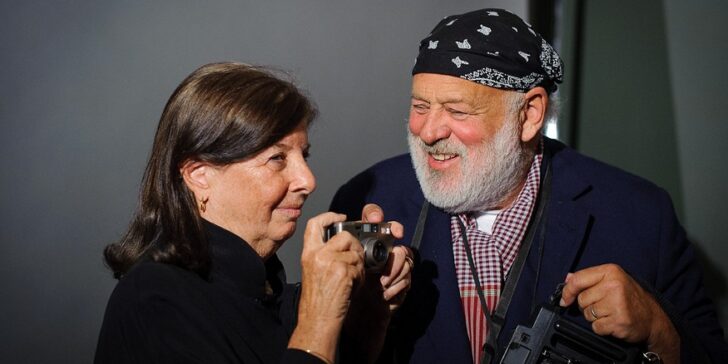
Fashion photography is among the steadiest and lucrative career paths for a professional photographer. There are numerous talented individuals, such as Bruce Weber Photographer, who join the fashion photography industry. Right from online fashion portals and high-end magazines to prominent fashion brands, all of them need good photographers to highlight their models and products. As outfits are the most important aspect of fashion photos, the lighting they need is a bit difficult from typical photo shoots.
Bruce Weber Photographer provides a few ideas for lighting setups in fashion photography
Not all photographers have the same preference or creative style. However, there are definitely certain lighting setups that generally work well for most fashion photos. For instance, lighting the subject from above with a hard and direct like can help capture images with a distinctive cinematic quality to them. To achieve a good outcome with this setup, light has to be positioned above, but just in front of the face of the subject. If the light is right over their head then it can create a lot of unflattering shadows. On the other hand, lighting in front of the face helps accentuate the facial features of the model. Catch lights in the eyes and fill lights for unwanted shadows can be further added to finish the setup.
While shooting in a studio, many photographers start their shoot simply with flash and strobes. They often keep the shutter speed at 1/200 sec as that’s the flash sync speed. Starting at f/8 and keeping the ISO low helps in capturing sharp images. As the photo shoot progresses, the photographers may always lower the shutter speed, play around with exposure, add a bit of blur in the photos, and so on. Trying out varied approaches often helps in getting interesting outcomes.
Due to the moody and alluring vibe it adds to the images, a lot of fashion photographers prefer low-key lighting. They use hard light sources, go for a spotlight effect and put grids on lights. Nowadays, many photographers even use modifiers to alter the look of the light. But if an amateur does not have this option, they can always use distinctive props to achieve the desired aesthetics. For example, two large pieces of cardboard can be positioned strategically to create a “light strip” effect.
When it comes to lighting tools, power packs are a hot favorite of many professional photographers. In comparison to mono-lights, they are way more versatile and powerful. Power packs essentially have shorter recycling time and higher flash power. As their heads weigh comparatively less, it is safe to fix the lights up on a boom. Just a simple central generator is needed to control diverse lights from one location. The output from each head would be flexible, on the basis of the input settings and power of the generation.
Newbie photographers should ideally try to experiment with varied lighting setups and options to identify the ones that work the best for their photo shoot. It is always a smart decision to check out the works of Bruce Weber Photographer and similar artists to gain a better understanding of interesting ways to use lights for fashion photographs.
